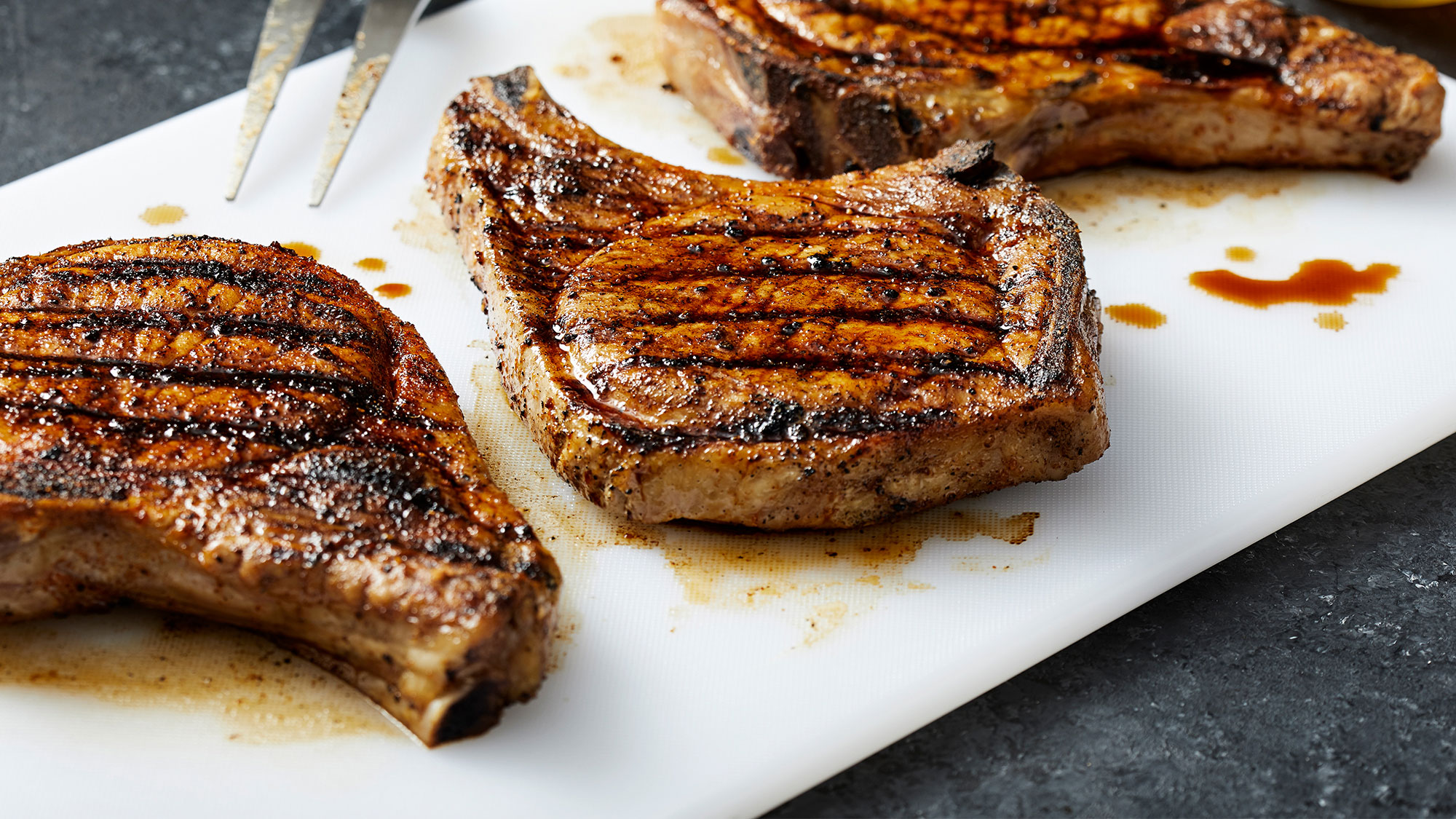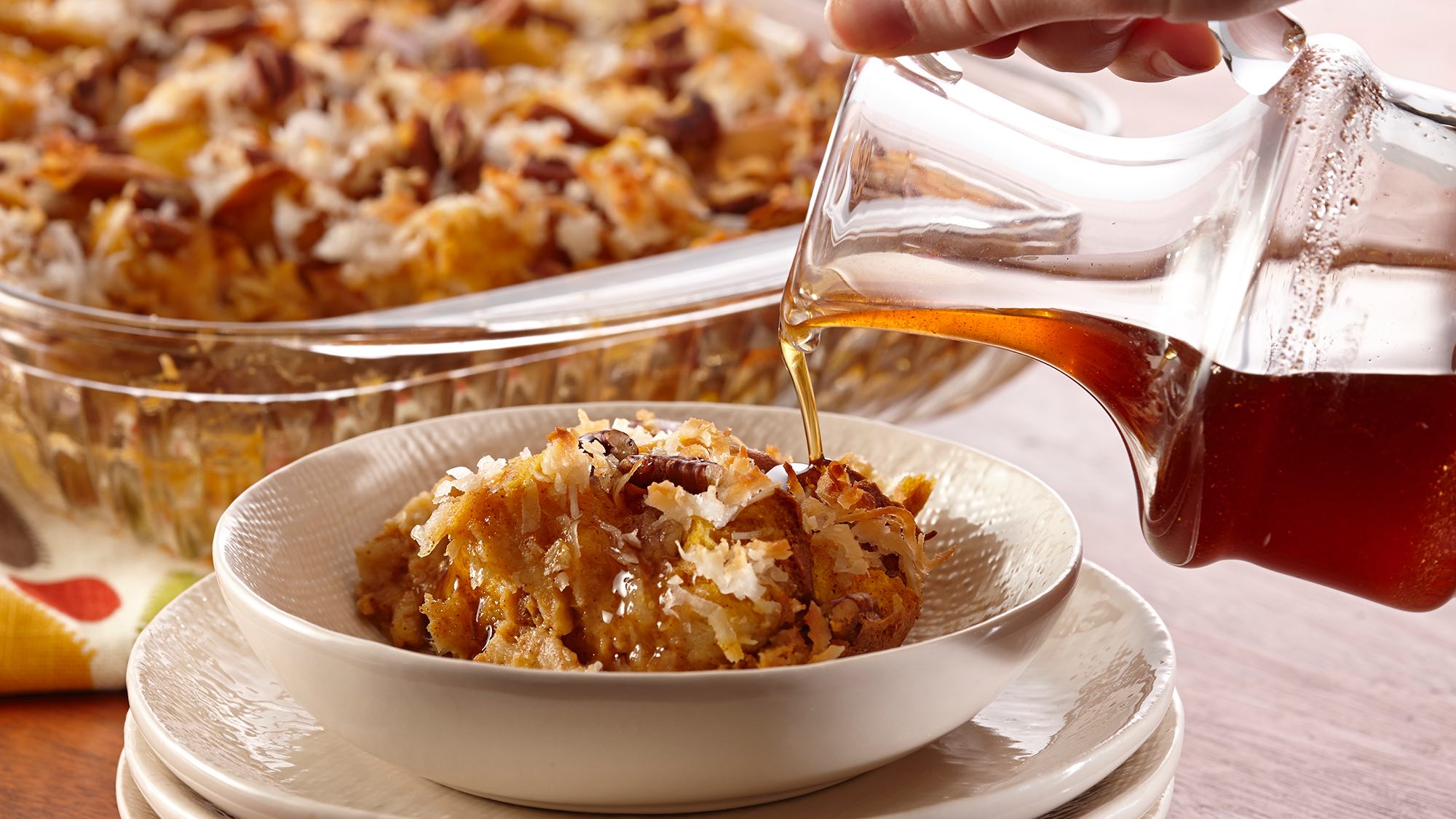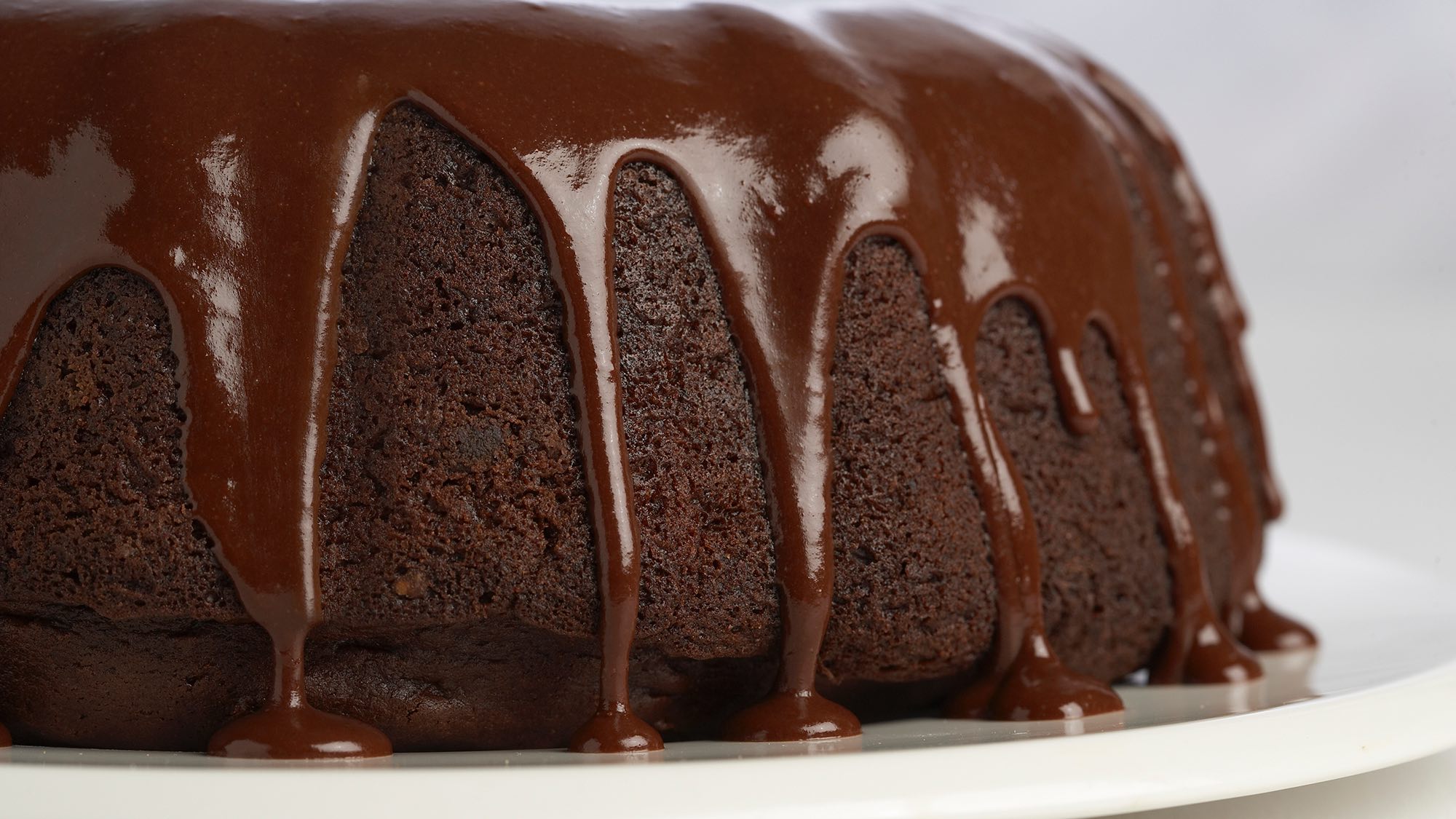If you can't go on vacation to warmer, sunnier, faraway lands, perhaps the next best thing is to cook the foods from such places. You get a chance to take a new technique for a spin, to shake off the routine of your standbys, and to immerse yourself in the same flavors and spices you'd smell if you were wandering through the streets where they originated.
Lisabu is looking to take a vicarious trip to Morocco with the beautiful tagine she just received, but she's not sure where to start. Lucky for her, the community is brimming with ideas:
Seasoning a Tagine
Let's straighten one thing out: "Tagine" refers to both the Moroccan stew and to the cookware in which it is prepared. Both, as it turns out, need to be seasoned.
- Tagines are made of earthenware, which "is fired at really high temperatures and prone to cracking unless you season [it] first," pierino explains. "To season, soak the base overnight in the sink. In the morning, cut a clove of garlic in half and rub the bottom of the base (the unglazed side) with the cut garlic. Fill the base about halfway with water and white vinegar. Bring that to a simmer...when the liquid is almost evaporated, it's ready to use." (The garlic helps do away with the taste of clay.)
- Alternatively, after you soak the base, you can coat it with a couple of tablespoons of olive oil, stick it in a cold oven, turn up the heat (just not above 350° F, as hot temperatures can shatter earthenware), and let it bake for 1 to 2 hours. The heat allows the oil to soak into the clay and seal it for future use.
- Many of you chimed in about the other, more fun kind of seasoning: for flavor. Pierino says the Moroccan spice blend ras el hanout (typically composed of cardamom, clove, cinnamon, coriander, cumin, and peppers) is "pleasingly fragrant," and bigpan recommends using it as your spice base. Maedl even makes her own.
Cooking With a Tagine
- To diffuse the direct heat, pierino says "it's a good idea to have a flame tamer when cooking with clay." Try this or this.
- SexyLAMBCHOPx points out that it's always important to check the manufacturer's recommendations. The guidelines for lisabu's tagine say to "warm the base up slowly over a low flame...and do not subject to sudden hot and cold temperature changes." Small cracks, on the other hand, are "normal and will not affect performance."
- If you want to be on the safe side, Maedl suggests investing in "a very plain, functional traditional tagine for the heavy-duty prep and [saving] your fancy one for table service."
- When it's time to cook, get inspiration from experts. Maedl says, "I would check Claudia Roden's or Paula Wolfert's books -- which belong in your collection if you are going to explore Morocco's foods." Pierino backs up the Paula Wolfert endorsement, claiming that Mediterranean Clay Pot Cooking is "really wonderful, and you will gain some useful insights on technique and flavor."
This article was written by rémy robert from Food52 and was legally licensed through the NewsCred publisher network. Please direct all licensing questions to legal@newscred.com.









